 |
| Porcelain dragon on the tip of the Thai Hoa Palace sword ( Hue Imperial City) |
From the dragon land…
The book Dai Nam Nhat Thong Chi, compiled by the National History Institute of the Nguyen Dynasty, recorded (Vietnamese translation): “The capital [Hue] is a place where the mountains and the sea converge, located between the South and the North, the land is high and dry, the mountains and rivers are flat, the waterways have Thuan An and Tu Hien gates, the land routes are blocked by Hoanh Son and Hai Van passes, the great river stretches in front, the high mountains behind, the dragon rolls and the tiger sits, this solid position is arranged by heaven and earth, it is truly the capital of the king” (volume 1).
From the perspective of Divination and Feng Shui, Hue is the “land of the dragon”, worthy of being chosen as the capital of a unified Vietnam after nearly 2.5 centuries of separation between Dang Ngoai and Dang Trong. In Phu Bien Tap Luc, Le Quy Don assessed Phu Xuan (the old name of Hue) as having “a flat land like a hand, more than 10 miles wide, in the middle is the main palace, the high land on all four sides is low, that is, the prominent place in the middle of the flat land, in the northwest position facing the southeast direction, leaning horizontally on the ridge, looking down at the river, in front are mountains lined up”, a place “with five times tiger water embracing the front... with three times dragon sand blocking the left”.
Hue is the center of the Central region, the west is protected by the majestic Truong Son mountain range, rolling along the land veins towards the northwest - southeast; the east is the vast ocean, located in the basin of the Huong River - Kim Long River - Bach Yen River system; the south is blocked by mountains, the north is interwoven with rivers, from the perspective of feng shui, there must be a dragon vein. The Huong River is a river that flows from the south to the north. The south of the Huong River is a high mountainous area, the confluence of the two branches of the Ta and Huu Trach rivers. These two streams converge at the upper source of the Huong River, where there are high mountains, including Thuong Son (Kim Phung Mountain) which is the main mountain of Hue. Looking at the larger picture, the entire western mountainous area of Hue originates from the branches of the Truong Son range that cross the sea, creating a large geographical area, feng shui called the horizontal dragon.
 |
| Bronze dragon cast in 1842 guarding Duyet Thi Duong (Hue Imperial City) |
Before reaching the sea, the Perfume River also meandered and changed direction many times before embracing the land, which was later chosen by King Gia Long to build the Hue Citadel. According to the book Dia dao dien ca by Ta Ao, the more winding and twisting a land's dragon vein is, the more vitality it has. King Gia Long chose that land to create the appearance of the capital, with all the elements: front door (Ngu Binh mountain), left blue dragon (Hen islet), right white tiger (Da Vien islet), trieu cong, minh duong, water to dien tien... That's what it means to say that Hue has a dragon land.
To the land of dragons
Thang Long was the capital of the dynasties: Ly - Tran - Ho - Le So - Mac - Le Trung Hung for nearly 8 centuries (1010 - 1789), the land of "dragons rising". Hue was the capital of the Nguyen Dynasty for only 143 years (1802 - 1945), and was also the land of dragons. Because, in nearly 1.5 centuries of Nguyen Dynasty's rule in Hue, this land became the largest political , cultural and artistic center of Vietnam/Dai Nam. And that is the reason why the image of the dragon is present everywhere in Hue and exists until today.
The dragon appears in the space, architecture, culture, art... of Hue, with all kinds of materials, artistic expressions, decorative themes, and expressive meanings. In terms of space, the dragon is present on temples, palaces, shrines, pagodas inside and outside the Hue royal palace. The dragon appears on the roof edges, eaves, cornices, gables, gutters, screens, steps, rafters, door frames, ceremonial gates... of architectural works. The dragon decorates the Nine Urns, thrones, canopies, and altars of the Nguyen Dynasty kings and mandarins. The dragon is used as the handles of seals, seals, and the four treasures of office supplies...
Dragons are decorative motifs on the clothes, hats, and shoes of the emperors and empresses, or sometimes a separate work of art in the court and communal houses such as the two dragon statues in front of Duyet Thi Duong. Dragons also appear on the Nine Cannons or the patterns on the guns and spears of King Thieu Tri, which are still preserved at the Hue Royal Antiquities Museum... One can see the image of the dragon anywhere in Hue: in the splendid golden palace, the solemn mausoleum, the simple temples and pagodas in the villages on the outskirts of Hue, in the majestic monuments, the massive architecture, or on the riverbanks or steps in the park...
The art of depicting dragons in Hue during the Nguyen Dynasty was diverse: carved, embossed, cast in bronze, processed with gold, silver, precious stones, inlaid with mother-of-pearl, porcelain, embroidered on fabric, painted with colored powder on paper, on porcelain, processed from vegetables and tubers into luxurious dishes in Hue royal cuisine ... Sometimes it was created in a block shape, sometimes it was shown on a flat surface, other times it was painted under a layer of enamel. It was truly a myriad of forms.
The theme is also a unique feature when talking about dragons of the Nguyen Dynasty. The motifs: two dragons fighting for a pearl, two dragons facing the sun, dragons playing in the water, dragons returning, dragons chasing, dragons and phoenixes, dragons and unicorns, long-life, dragons and clouds celebrating, bamboo transforming into dragons, chrysanthemum transforming into dragons... appear in almost all architectural relics, decorative works, and art of the Nguyen Dynasty currently preserved in Hue.
The dragon has gone beyond the royal palace and is present everywhere in Hue, becoming a cultural feature, an artistic symbol of the ancient capital of Hue. In addition to the dragon images that symbolize the emperor: majestic and elaborate, Hue also has dragons that have been "popularized" into simple giao, cu..., appearing in village communal houses, pagodas and temples. And sometimes, these "popular" dragons are more lively, more expressive than the majestic dragons in the royal palace. This is what makes it interesting for someone when they come to Hue to visit, explore and learn about "the land of dragons".
2024 is the year of Giap Thin - the year of the dragon. The author of this article hopes that Hue dragons will emerge from culture, art, architecture..., take off from the land of dragons, become symbols in economic, social, cultural development..., so that Hue can truly "transform into a dragon" in the future.
Source


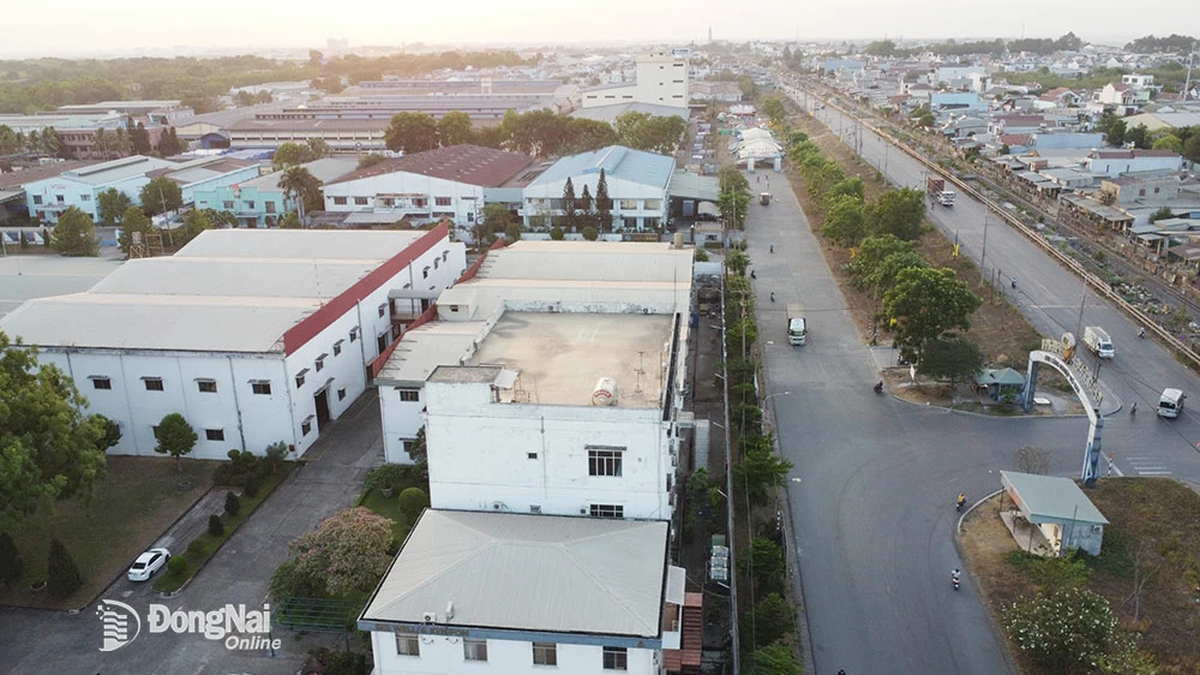

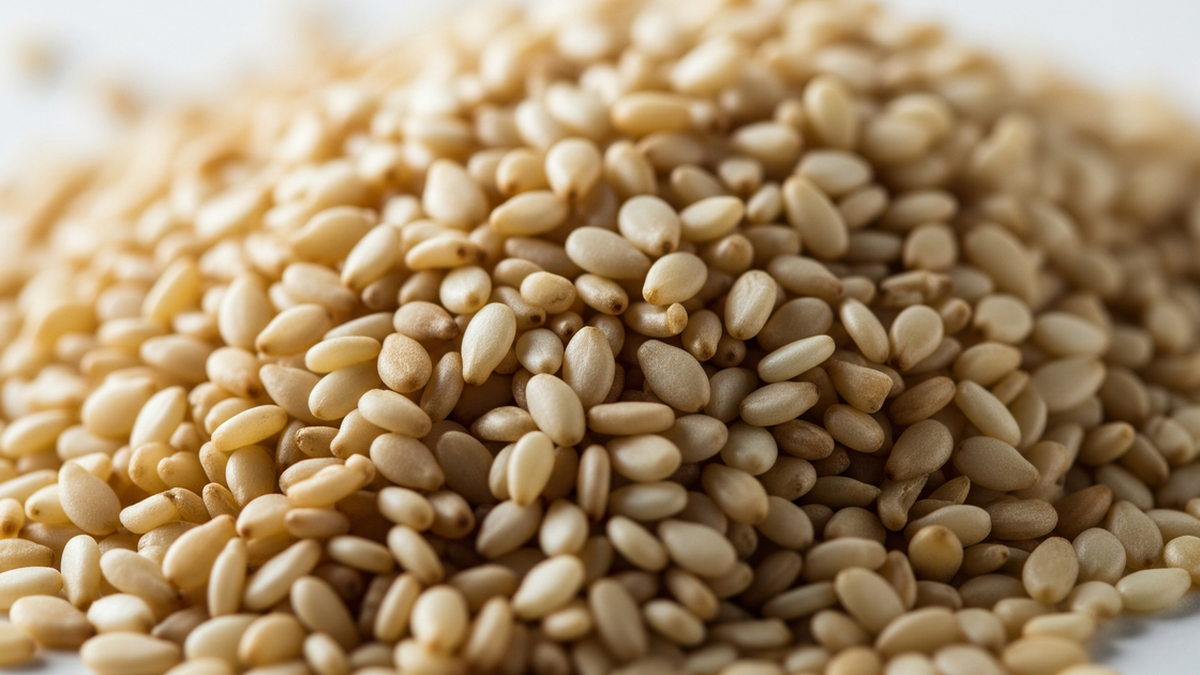


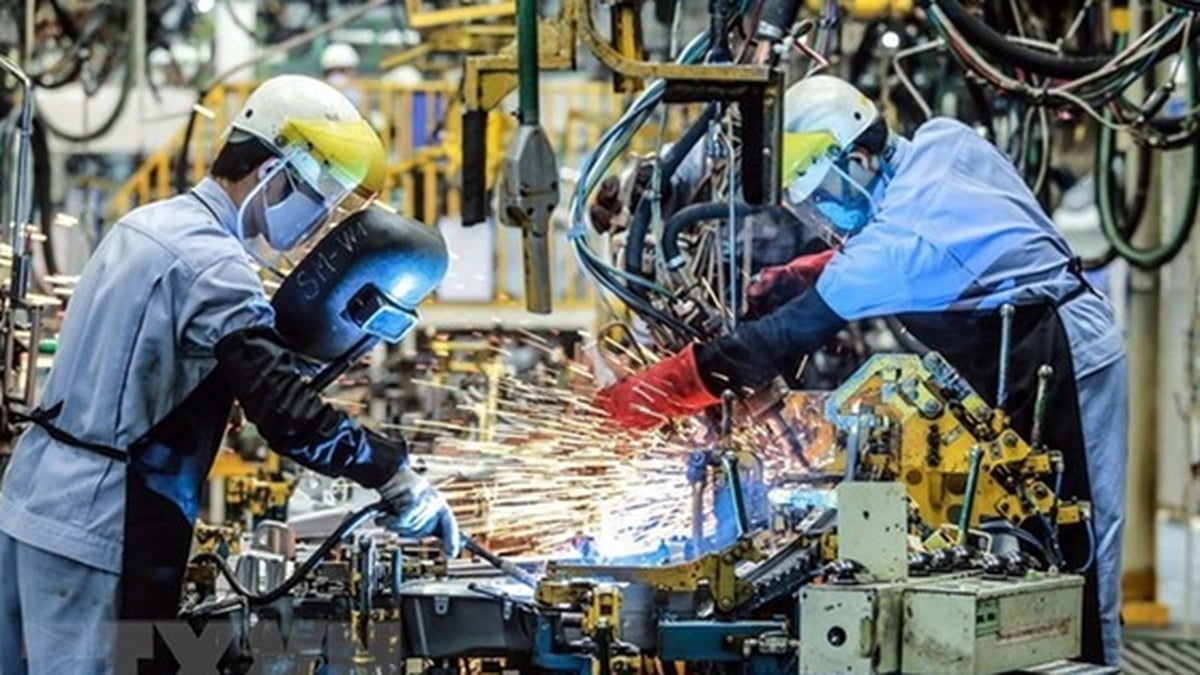

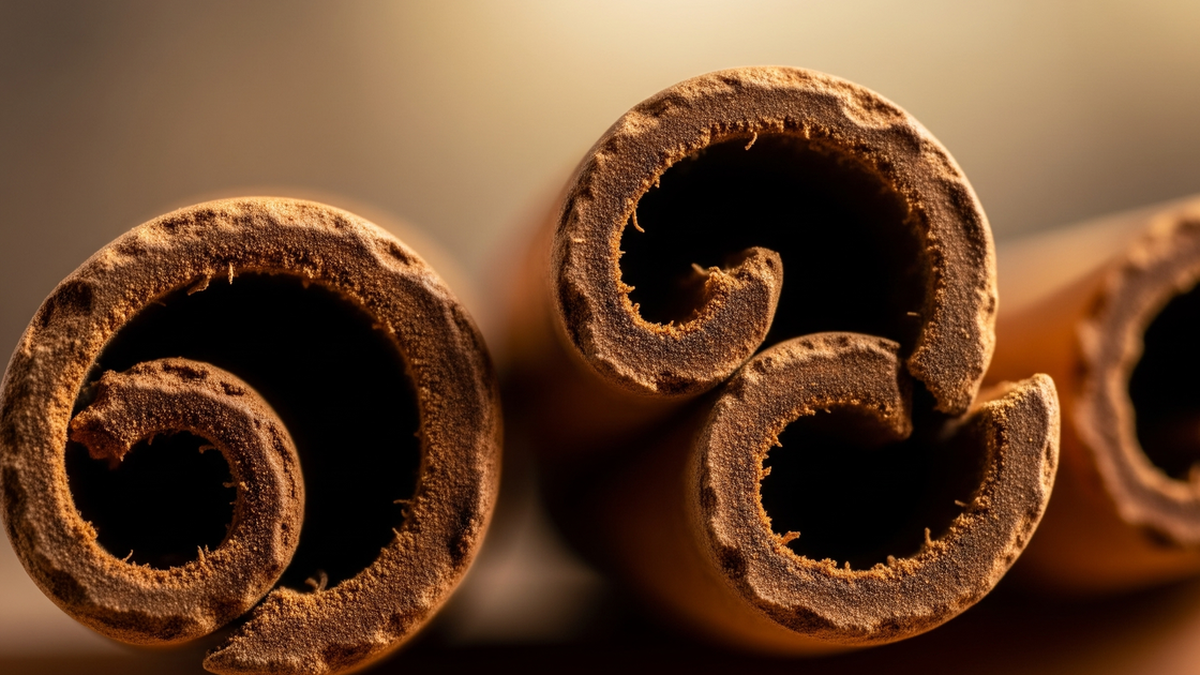
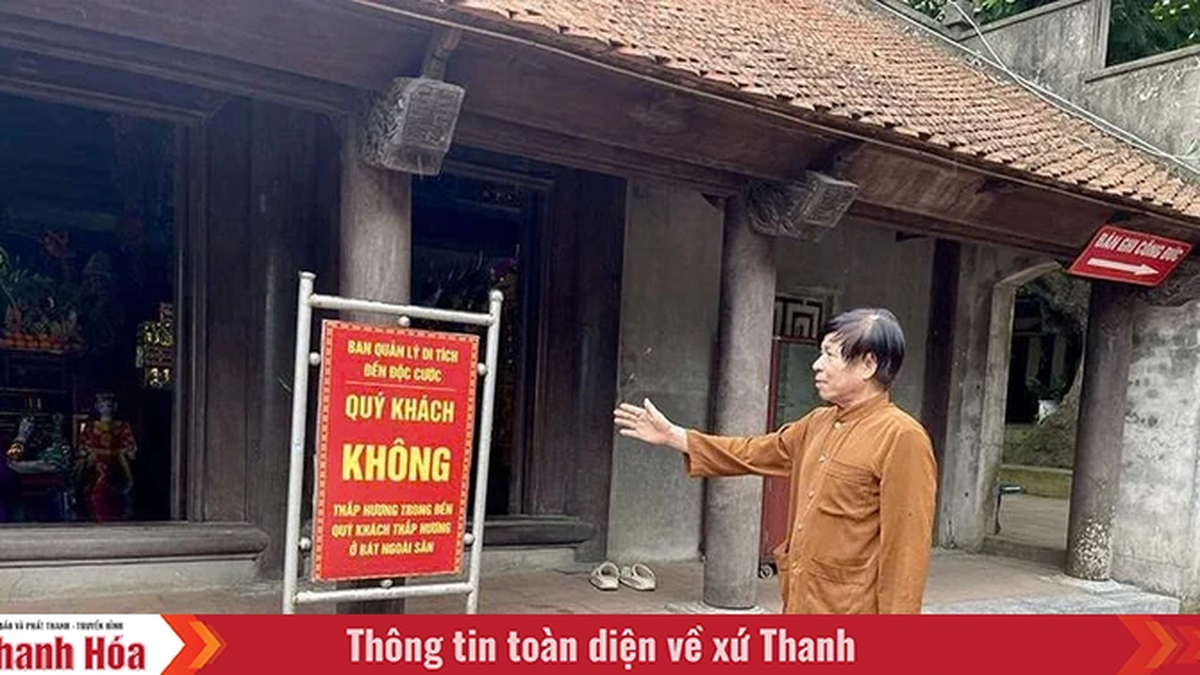









































![[Maritime News] More than 80% of global container shipping capacity is in the hands of MSC and major shipping alliances](https://vphoto.vietnam.vn/thumb/402x226/vietnam/resource/IMAGE/2025/7/16/6b4d586c984b4cbf8c5680352b9eaeb0)












































Comment (0)